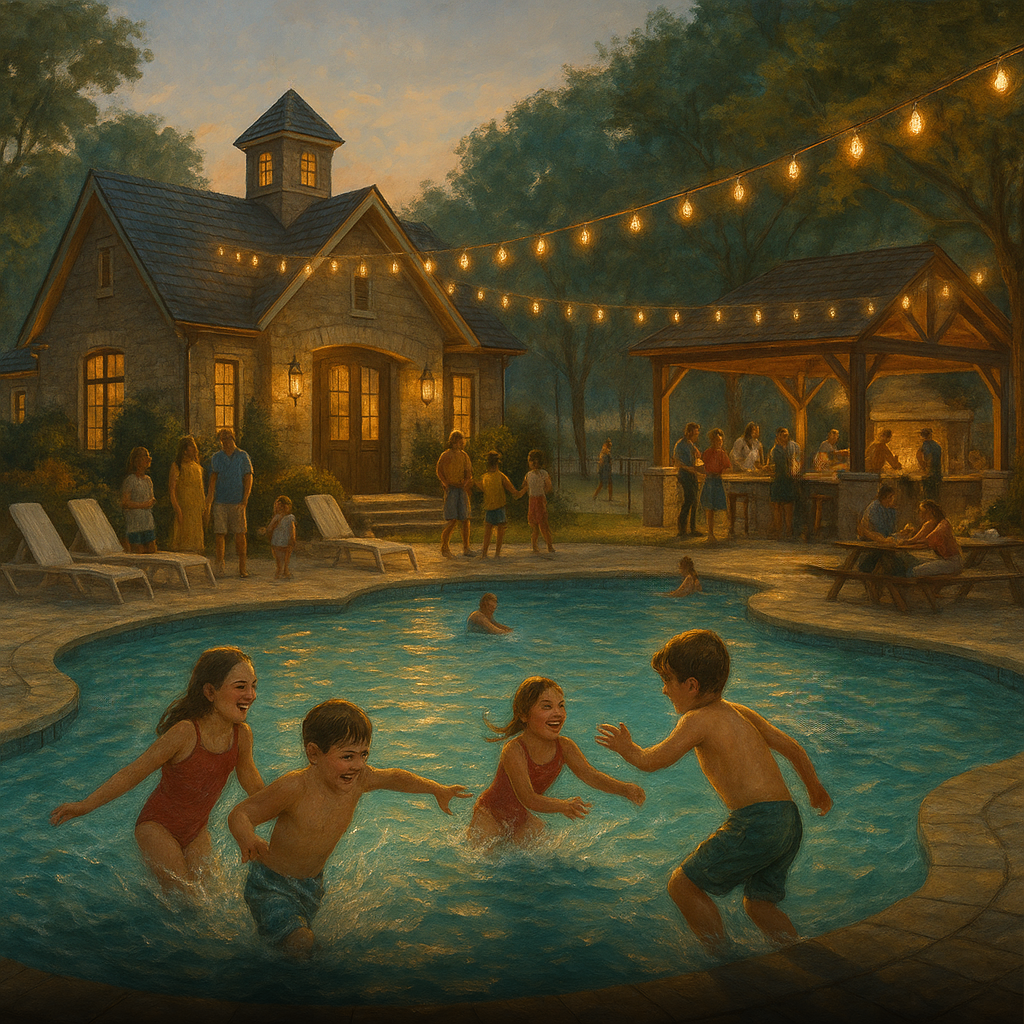
Mastering Movement: How Thoughtful Community Design Encourages Active Living for All Ages
In our fast-paced, modern world, the concept of an "active lifestyle" has often been associated with older adults, particularly in communities marketed for those 55 and over. But staying active shouldn't only be a priority later in life. Why do we only focus on active living when we age? At GreenTech Homes, we believe that living actively should be a goal for people of all ages, and much of that hinges on the convenience of daily activity.
In today's society, we all recognize the benefits of staying active. However, the realities of life—lack of time, energy, and convenience—often prevent us from integrating activity into our routines. While we may have treadmills at home or sidewalks outside our doors, these resources often go unused. What we need are communities intentionally designed to make active living not just an option but an integrated part of daily life.

At GreenTech Homes, our mission is to design master-planned communities like the Farmstead or Heritage Walk that encourage movement through thoughtful, convenient layouts. For example, we create well-lit streets and sidewalks to extend walking opportunities beyond daylight hours. Street lamps not only add aesthetic charm but also increase the time residents can comfortably and safely be outdoors, whether in the early morning or later in the evening.
Small details, such as the placement of mail kiosks, also matter. By placing these kiosks in walkable locations, we give residents a simple, daily reason to get outside and move. Similarly, dog parks and green spaces serve as destination points for leisurely walks, where both people and pets can enjoy the outdoors together. And let’s not forget the importance of shade. Trees and street landscaping offer a reprieve from the hot southern sun, making it more pleasant to walk even in warmer months.
Even architectural design plays a role in promoting activity. Homes and amenities that are visually appealing encourage residents to step outside and engage with their surroundings. From front porches to attractive landscaping, these aesthetic choices draw people out of their homes and into the community.
Another key aspect is placing amenity centers—pools, parks, and community spaces—within walking distance of homes. In some cases, we even discourage driving by making these spaces more accessible on foot, encouraging residents to stay active without relying on their cars.

Beyond the physical infrastructure, community gatherings are another catalyst for movement. When residents see their neighbors walking, socializing, and being active, it fosters a culture of engagement. This sense of community can be the push many people need to start or continue living actively.
Numerous studies have shown the benefits of walking, even if just for 30 minutes a day. A study from Harvard T.H. Chan School of Public Health highlights how regular walking can reduce the risk of depression by 26%, improve mental health, and even stave off dementia. The American Heart Association also reports that walking reduces the risk of heart disease, diabetes, and more, helping manage symptoms and improving the overall quality of life. Furthermore, research from the Mayo Clinic emphasizes that walking for just 30 minutes a day can improve cardiovascular health, aid in weight management, and lower blood pressure. The Arthritis Foundation adds that walking regularly can improve circulation, support joint health, and reduce the risk of fractures by up to 40%.
The choice of where to live is more than just about convenience or aesthetics; it’s also about your health and quality of life. At Green Tech Homes, we design with that in mind. By creating communities that offer convenient, beautiful, and safe opportunities for movement, we encourage residents of all ages to stay active and healthy. After all, there are few things more






